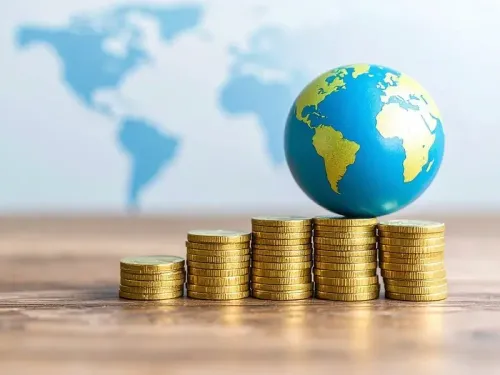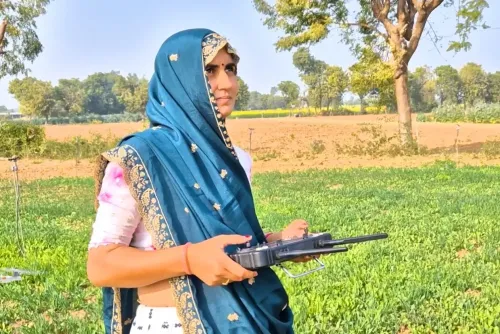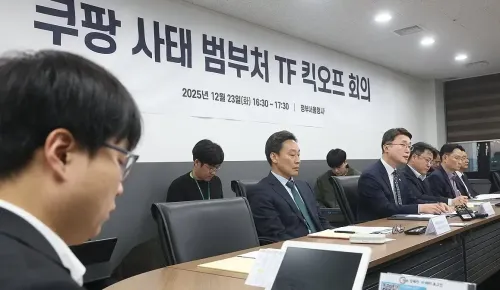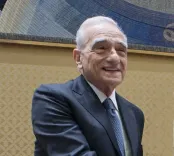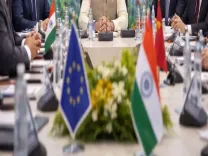Did LG Chief Inspect EV Transition Efforts at Indonesia Battery Plant?
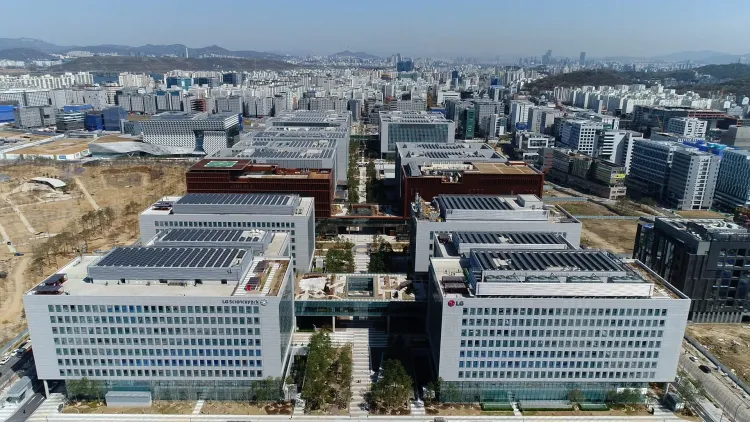
Synopsis
Key Takeaways
- Koo Kwang-mo emphasizes competitiveness in EV production.
- Indonesia's first EV battery cell plant is a significant milestone.
- Collaboration with partners is crucial for navigating market challenges.
- LG aims to leverage growth in emerging markets.
- Research and production integration enhances operational efficiency.
Seoul, June 9 (NationPress) Chairman Koo Kwang-mo of LG Group made a visit to Indonesia this month to evaluate the company’s battery production and research initiatives, as reported by the group on Monday. This visit highlights LG’s commitment to bolstering its competitiveness during a temporary slump in global electric vehicle (EV) demand.
As per group representatives, Koo explored the production facilities of Hyundai LG Indonesia Green Power, a collaborative venture between LG Energy Solution and Hyundai Motor Group, situated near Jakarta, earlier this month, according to reports from Yonhap news agency.
The facility spans 320,000 square meters and boasts an annual capacity of 10 gigawatt-hours, marking it as Indonesia's inaugural EV battery cell plant and a crucial element of LG's global battery manufacturing network.
During his visit, Koo urged employees to concentrate on securing distinct competitiveness for LG's batteries, especially in relation to global competitors, stressing the significance of close cooperation with partners to navigate the slowdown in global EV demand.
Additionally, Koo visited LG Electronics' production and research complex in Cibitung, West Java, where items such as TVs, monitors, and signage systems are produced.
Since launching a local research unit next to the Cibitung facility in 2023, LG Electronics has created an integrated foundation that links research, production, and sales operations, using it as a hub to target the broader Southeast Asian market, as mentioned in the report.
At the Jakarta sales office of LG Electronics, Koo met with local executives to discuss customer requirements, distribution trends, and competitive dynamics in Southeast Asia.
The leading company has intensified efforts to seize growth opportunities in the Global South, which encompasses India, Indonesia, Latin America, the Middle East, and Africa, aiming to leverage the economic momentum in these emerging markets, according to the report.


